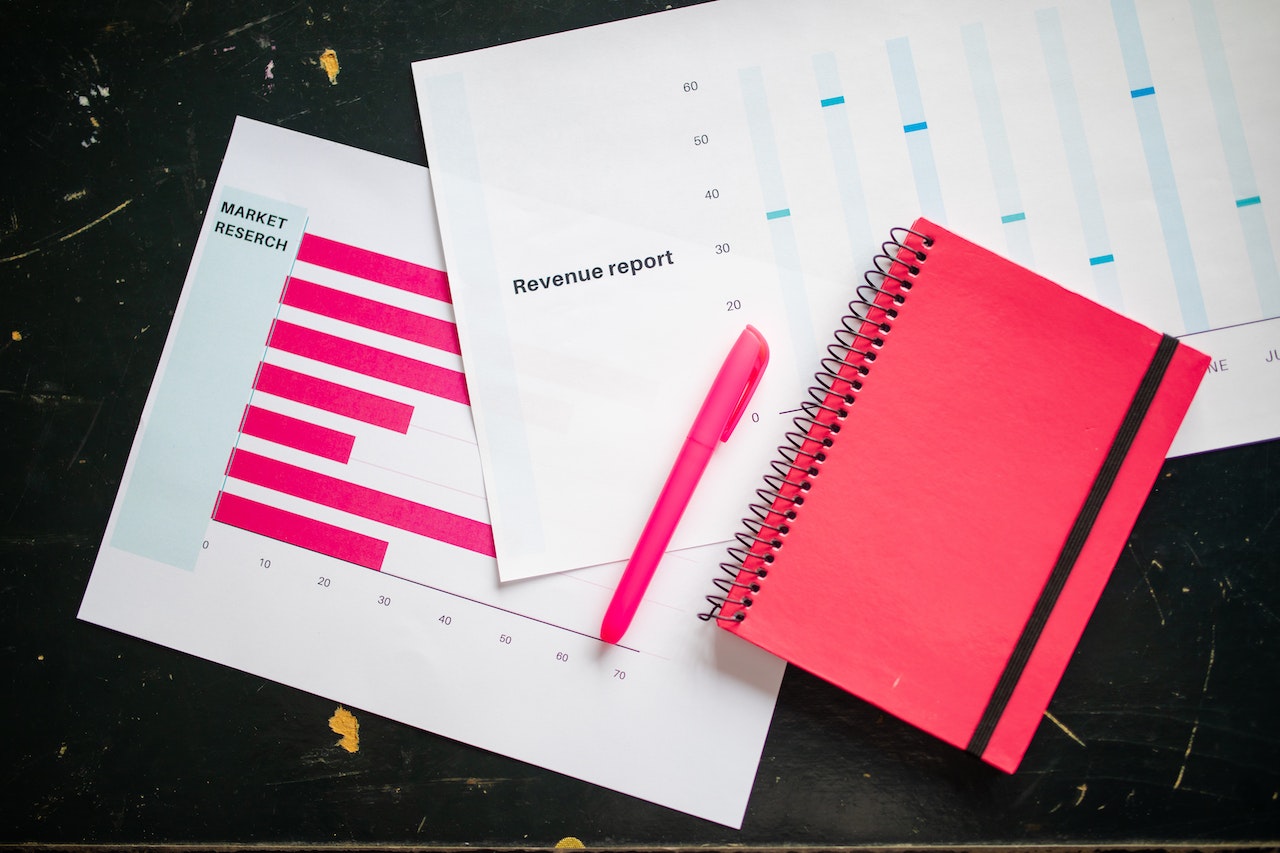You’ve listed your property on Airbnb, splashed out on fancy linens, and mastered the art of crafting the perfect listing description. But despite your best efforts, you’re not raking in the profits you expected. The answer could lie in a term that sounds dry but is anything but—Revenue Management.
Think of it as the GPS of your hosting journey. You can set up a great car, but without proper navigation, you’ll be stuck going in circles. Sounds about right?
Where Business Meets Science?
Revenue management isn’t just a buzzword; it’s a blend of art and science that helps businesses optimize pricing to drive, well, more revenue. Airlines and hotels have been using this for years, and the smartest Airbnb hosts are catching on. Yet, not many delve deep into the science behind it.

Let’s be clear: revenue management isn’t about jacking up prices during peak seasons and calling it a day. Nah, that’s kid’s stuff. It involves intricate strategies that consider a multitude of factors, from market demand to competition, to guess what—your guests’ emotional triggers.
A bit of psychology mixed in with hard data, how cool is that?
The science of revenue management in rentals is relevant to why Airbnb hosts should use noise monitors.
Revenue management in short-term rentals, like Airbnb, is more than just adjusting prices for peak seasons; it involves a deep understanding of various factors that influence pricing. Research has shown that the internal characteristics of a rental property, such as its size and amenities, have a significant impact on its initial rental price. Sociodemographic factors of the surrounding area also play a role but to a lesser extent. Advanced revenue management approaches, like the technology transfer model developed from the research, use big data algorithms to set optimal prices by analyzing these factors. This approach considers psychological behavior of tourism consumers, offering a more nuanced understanding of how pricing can affect guest decisions and overall revenue
Your Property is Unique, Treat It That Way
First things first—know your property’s value. No, not just the monetary value, but its unique value proposition. What sets your place apart from the one next door? Maybe it’s that hot tub overlooking the mountain range, or perhaps it’s your affinity for baking welcome cookies for guests.
These unique features aren’t just cutesy add-ons; they’re pivotal in setting the right price. I mean, you wouldn’t price a Rolex the same as a knockoff, right? These differences should be reflected in your rates, and understanding them is the first step in a robust revenue management strategy.
The Secret Sauce: Dynamic Pricing
Static pricing is so 2010. Today, it’s all about dynamic pricing, baby. This is where you adjust your rates based on a whole host of factors like local events, competition, seasonal demand, and yes—even the weather. A sweltering heatwave might mean your beachside bungalow gets more bookings, and your pricing should adjust to meet that demand.
Here’s the kicker: you don’t have to break out your calculator and do all this manually. There are nifty tools and software designed to take the heavy lifting off your shoulders. These dynamic pricing tools can analyze tons of data to spit out the optimal pricing at any given time. And they update in real-time. It’s like having a Wall Street analyst for your Airbnb.
You might be wondering, “Is all this number-crunching worth my time?” In short: absolutely.
Imagine leaving money on the table just because you didn’t adjust your rates for that city-wide festival happening two blocks away. A bit of a face-palm moment, isn’t it?
The Market’s a Battlefield, Don’t Go In Unarmed
Picture this: You’ve just fired up your laptop, coffee in hand, ready to optimize your Airbnb listing. But hold on a sec—have you scoped out your competition? Yeah, that swanky loft or cozy cabin down the road could be eating into your bookings. Knowing what you’re up against isn’t just smart, it’s essential.
Think about your competitors as a reference point, not as adversaries. They give you a ballpark of the market rate, and more importantly, they reveal what guests are looking for in your area. Are travelers swooning over a particular amenity like a rooftop pool or an in-house sauna? Maybe it’s time to make some upgrades. If the Joneses have it, why shouldn’t you?
Segmenting Like a Pro
Not all guests are created equal. Some are solo travelers looking for a budget-friendly stay, while others are large families willing to pay top dollar for luxury and convenience. Understanding these different market segments can seriously amp up your revenue game.

But how do you target these segments without sending mixed signals? Simple: rate tiers. Create different pricing tiers for different types of guests. Weekend warriors might be willing to pay more for a short, quality stay, while digital nomads could be enticed with lower rates for extended bookings. Flexibility’s the name of the game.
Length-of-Stay Magic
Here’s where things get interesting. Did you know you could make more money by encouraging longer stays? I bet you’re thinking, “Longer stays, less work. Sounds like a win-win.” And you’re right. Having guests who stay for a week means fewer turnovers, less cleaning, and more free time for you.
But how do you encourage those longer bookings?
Rate differentiation, my friends. Offer discounted rates for longer stays to make your property more attractive to guests who need more time to soak in the local ambiance. Keep in mind, though, that too much of a discount could backfire. It’s all about finding that sweet spot.
Yield Management: The Jedi Trick
Remember when we said revenue management’s part science? Well, yield management is where the science gets real nerdy. In the simplest terms, it’s maximizing your revenue per available room or unit (also called RevPAR if you want to sound fancy at dinner parties).
It’s not just about setting the price; it’s about optimizing for both occupancy and revenue. Let’s say you have a $200 room. Filling it every night at $100 might give you full occupancy but reduces your potential revenue. On the other hand, keeping it at $200 and having it empty half the time isn’t smart either. Finding the balance—that’s yield management.
Trust the Data, but Trust Your Gut More
Tech tools and data analytics are fantastic for providing insights, but never underestimate the power of good ol’ intuition. You know your property better than anyone or anything. Those algorithms don’t know the feeling guests get when they walk through your door, but you do. Use data as a tool, but let your intuition be the artist.
Is your head spinning with all this info? Don’t fret.
The aim here isn’t to turn you into a Wall Street analyst overnight. It’s to equip you with the smarts you need to run a successful, profitable short-term rental. Because at the end of the day, hosting is as much about the experience as it is about the numbers. Wouldn’t you agree?
The Power of Reviews: More Than Just Stars
Let’s talk reviews, shall we? We all know a shiny five-star rating can make your day, but have you ever thought of reviews as a revenue management tool? No joke. Reviews can tell you a lot about what you’re doing right and where you’re dropping the ball.
Say you’ve got rave reviews about your super-fast Wi-Fi but a couple of gripes about the mattress. That’s more than feedback; that’s data. Maybe it’s time to invest in a memory foam topper or a brand-new bed. The better the guest experience, the more you can justify those premium rates. Because let’s be real—people will shell out more for a spot-on stay.
Bundle It Up!
Here’s a cheeky idea: bundles. You know how you’re more likely to go for that combo meal even though you swore you were just going to get a burger? The same psychology works in the short-term rental game.
Offer packages that include local experiences, like a guided hiking tour or tickets to a nearby museum. Not only does this make you look like the ultimate local guide, but it also allows you to tap into another revenue stream. And guess what? You can adjust these bundles seasonally. Wine-tasting tour in the summer, snowboarding lessons in the winter—get creative!
Last-Minute Bookings: Boon or Bane?
You might think last-minute bookings are a hassle, but hear me out. These could be a goldmine if you play your cards right. If you’ve got a vacant property coming up, dropping the rate slightly to attract last-minute travelers might be a slick move. Yeah, you’ll earn a bit less for those nights, but it’s better than the big, fat zero you’d get otherwise.
Be careful, though. Too many last-minute deals, and you risk creating a pattern where guests wait for those discounts. Again, it’s all about that balancing act.
Special Promotions: Use ‘Em, Don’t Abuse ‘Em
Who doesn’t love a good deal? Special promotions are like catnip for travelers. However, go overboard and you might cheapen your brand. Keep these in your back pocket for specific occasions, like launching a new property or celebrating a milestone (like your 100th booking—cheers to that!).
Promotions should be strategic, not spontaneous. Align them with your overall revenue strategy and make sure they make sense for your bottom line.
Wrapping It Up
Alright, let’s tie this all together. Revenue management in short-term rentals isn’t a set-it-and-forget-it deal. It’s an ongoing process that involves a little bit of number-crunching, a dash of psychology, and a whole lotta savvy.
Don’t get intimidated by all the jargon and algorithms. Just remember, at its core, revenue management is about providing value—and value is something you’ve got in spades, right? Whether you’re new to the game or looking to up your hosting hustle, integrating these strategies can transform your property from just another listing into a revenue-generating powerhouse.
Are you ready to take your Airbnb game to the next level? Because if you’ve been paying attention, you’ve got all the tools you need to start making some serious dough.
Let’s do this!





